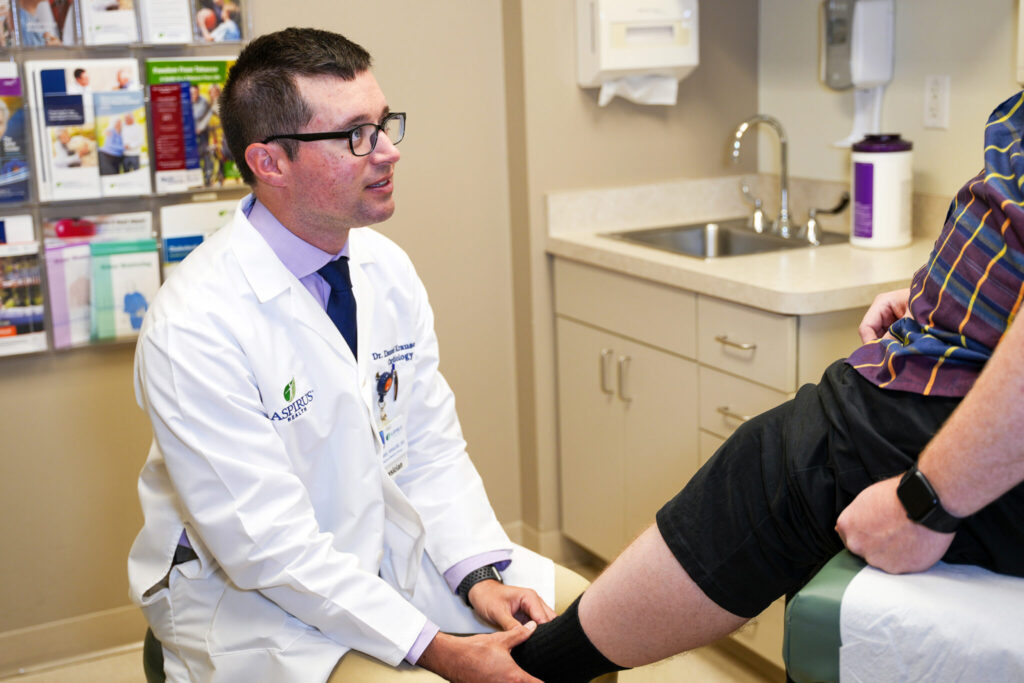For the Tomahawk Leader
WISCONSIN – Aspirus Health recently shared information on peripheral arterial disease (PAD).
“Are you experiencing leg discomfort or cramping while walking or ascending stairs? Often, when you pause to rest, the discomfort subsides temporarily, only to return once you resume movement,” Aspirus said. “This recurring pattern of pain is referred to as intermittent claudication and can serve as an indicator of PAD.”
In PAD, the blood vessels responsible for transporting blood to the extremities become narrowed or obstructed, caused by buildup of plaque and calcification in the arteries. This impedes the flow of blood, primarily affecting the lower extremities.
“Certain individuals face a higher risk of developing PAD,” said Daniel Krause, DO, Aspirus Cardiologist. “People at risk of PAD are specifically smokers, individuals with high cholesterol, those who are obese, over the age of 50 and those who experience pain, numbness or tingling during exercise or an inability to exercise at all.”

Aspirus said identifying the signs of PAD is key to early intervention. Common indicators include leg numbness or pain during physical activity, hair loss on the legs and a pale or cold appearance of the lower extremities.
“These symptoms should not be dismissed as mere signs of aging, as they could indicate a more serious underlying condition,” Krause stated.
PAD can be diagnosed through various tests, such as CT scans or the ankle-brachial index (ABI), which measures blood pressure in the arms and legs to detect significant differences.
“Early intervention is critical to stabilize arterial plaque and prevent further narrowing of the arteries,” Aspirus said. “According to the Centers for Disease Control and Prevention (CDC), people with PAD are at risk for developing coronary artery disease and cerebrovascular disease, which could lead to a heart attack or stroke.”
“We have a range of medical therapies at our disposal, but lifestyle changes are paramount,” Krause said. ”Smoking cessation is the top priority for anyone with PAD. Additionally, controlling blood pressure, managing weight, staying physically active and monitoring cholesterol levels – particularly bad cholesterol – are all integral components of a comprehensive treatment plan. I encourage individuals to stay as active as possible, as exercise can be one of the most effective tools in managing peripheral artery disease.”
PAD management involves a multifaceted approach, including lifestyle modifications and medical interventions, according to Aspirus.
“Engaging in open communication with your healthcare provider is paramount to ensuring the most effective management strategy for your condition,” Aspirus stated.
Krause emphasized the importance of taking action.
“We want individuals to thrive, and in the case of these symptoms, we urge you not to delay,” Krause said. “Reach out to your primary care physician or cardiologist for further evaluation and guidance on managing PAD. The path to a healthier heart begins with informed decisions and proactive steps.”
